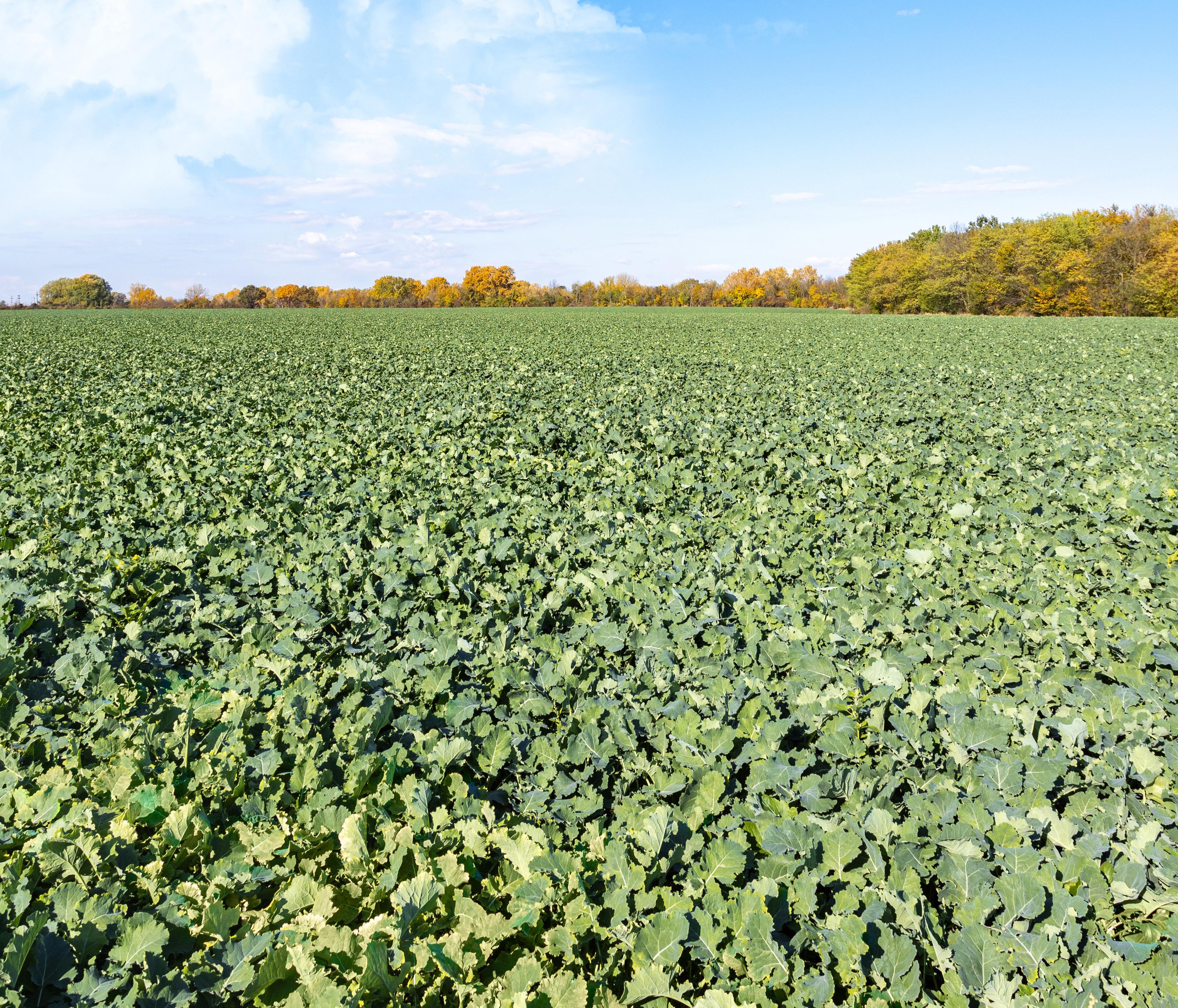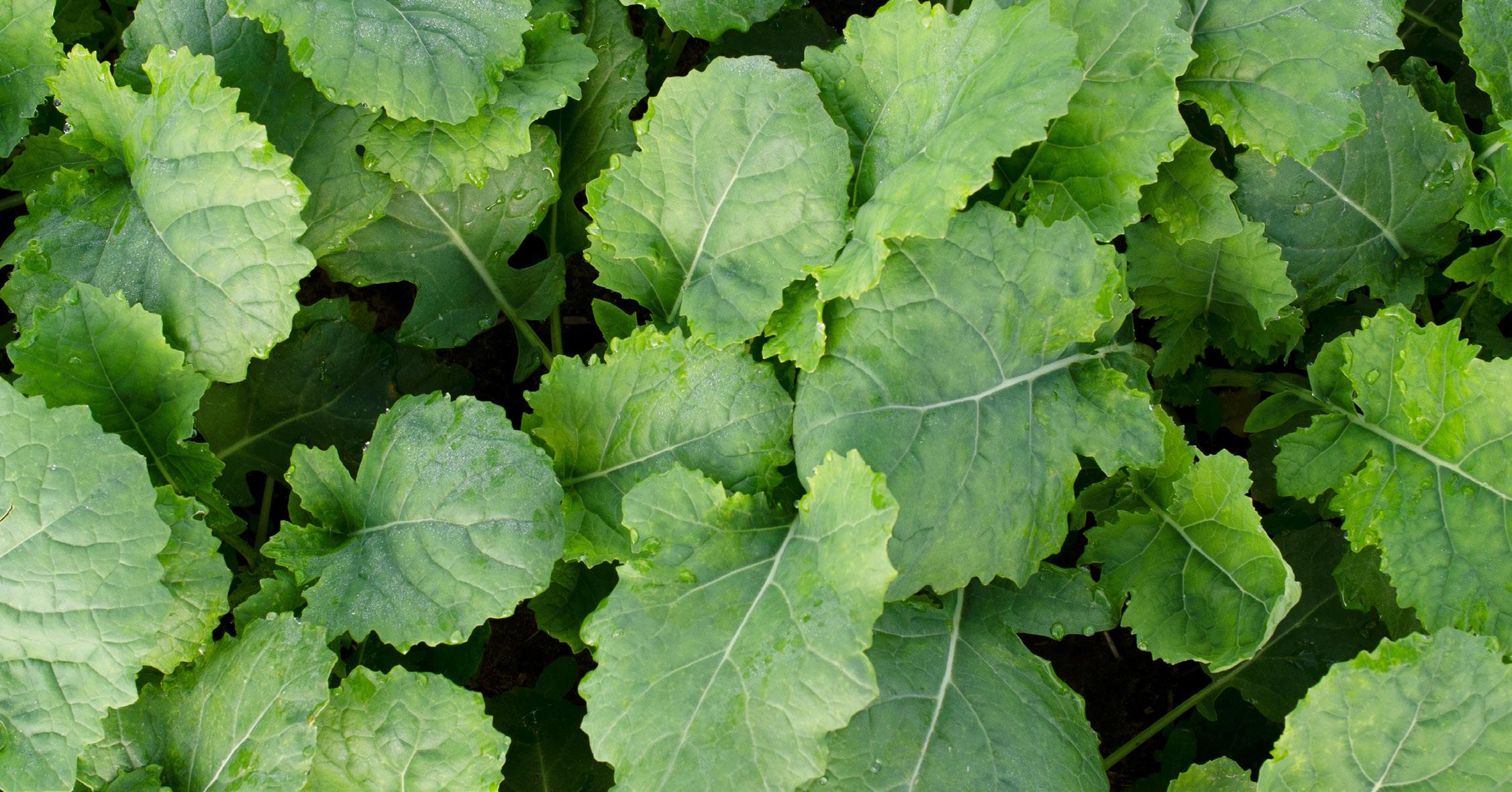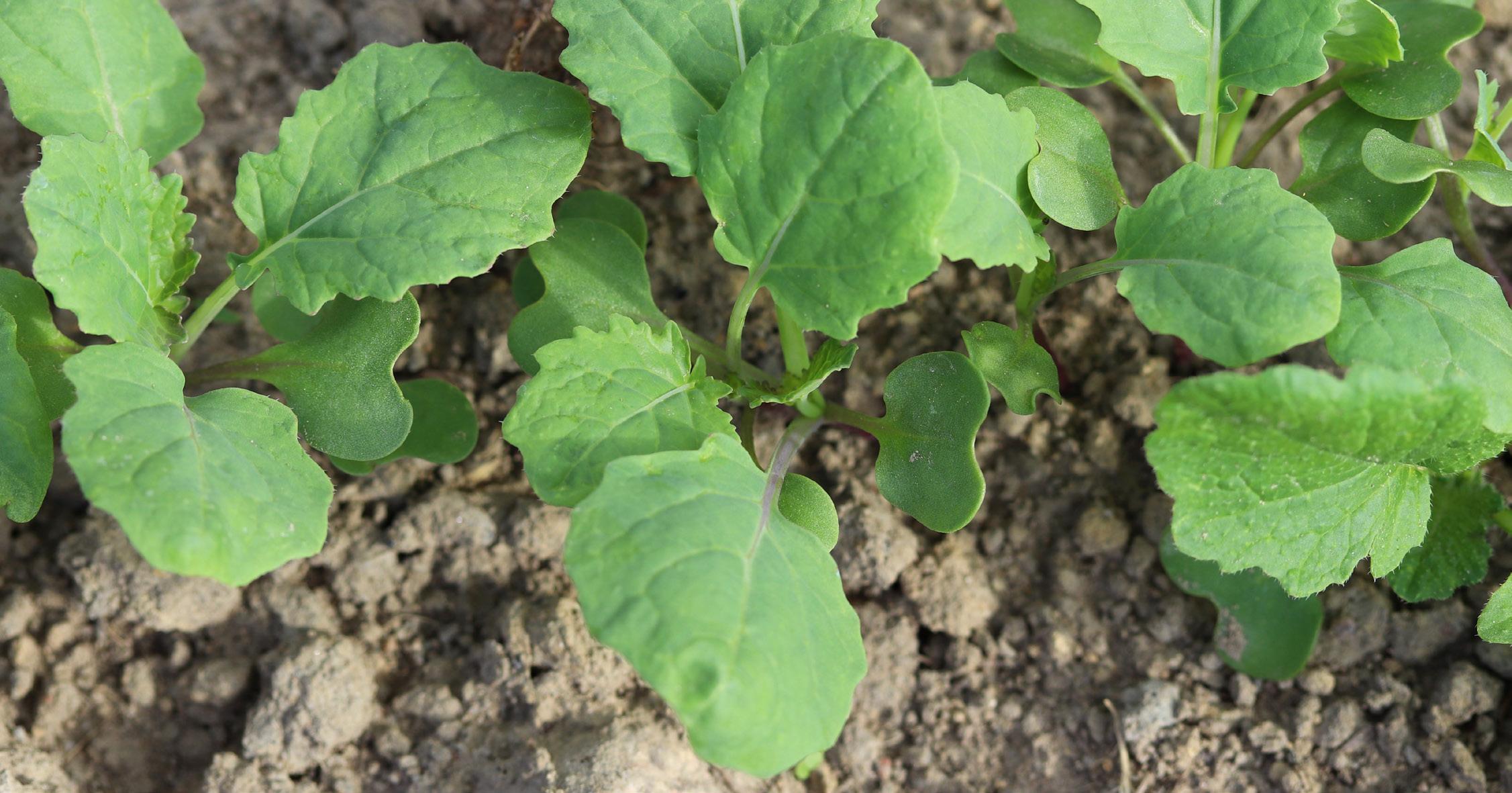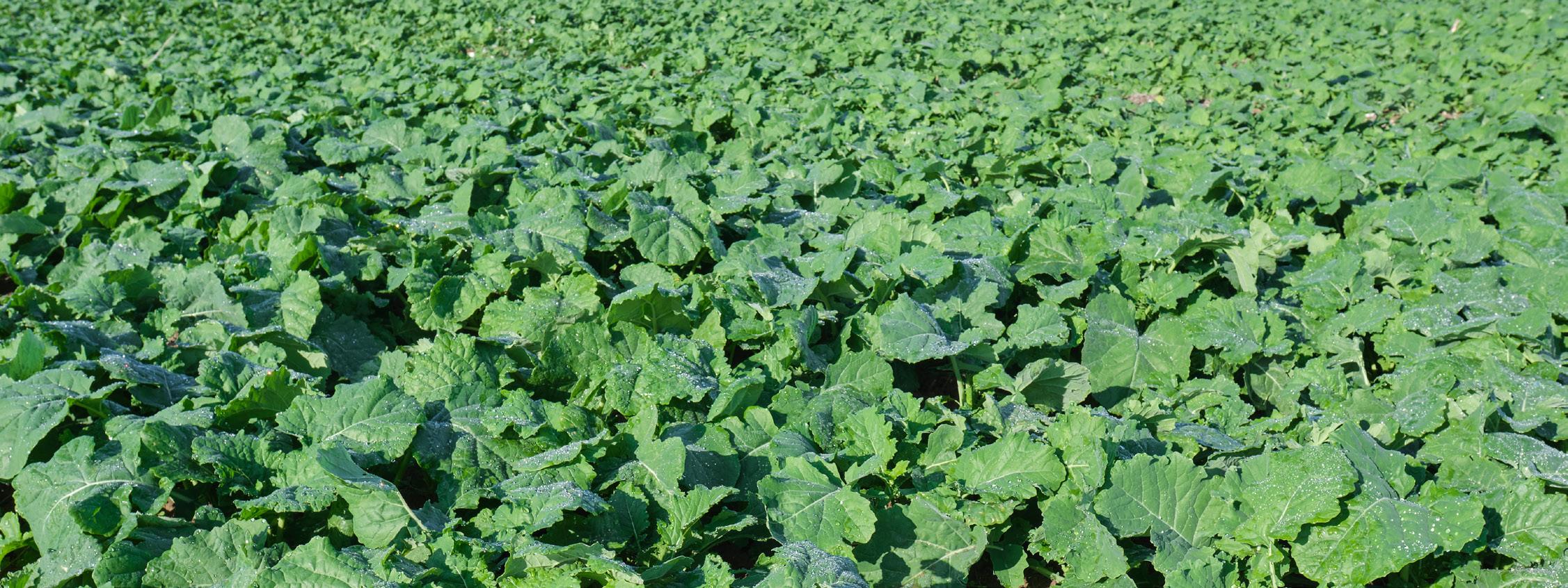

Autumn Product Range
Cereals & Oilseed Rape


Clayton offers an extensive range of products targeting key weed, disease & pest problems for spring & autumn. With the ability to evolve quickly to changing market needs, we ensure a reliable, high-quality service for farmers and agronomists.
Founded in 1991, Clayton Plant Protection recently celebrated over 30 years in the agricultural industry. In that time we have evolved rapidly to market and distribute a wide range of crop protection products across UK and European markets.
As a wholly family-owned business, we are proud of our excellent reputation for trust, building long-standing relationships and consistently high-quality products with a known provenance. Our commitment to continuous innovation ensures we deliver cost-effective solutions while providing customers and growers with an independent alternative to the larger multinational agricultural businesses.
Cereal Herbicides
Autumn Product Range
Achieving good crop establishment to maximise yields relies on effective, early season control of problem grass weeds and broad-leaved weeds.

Safe-guard cereals this autumn with effective weed control.
Clayton Plant Protection offers a wide range of leading herbicides for cereal crops this autumn.
Achieving good crop establishment to maximise yields relies on effective, early season control of grass and broad-leaved weeds.
Careful planning in terms of product choice and the effective stacking of residual herbicides for pre- and post-emergence weed control will help growers achieve the best start.
Our products can help put in place the correct building blocks for successful weed control.
Ensure a good, cost-effective start to weed control this autumn.
With a range of reliable, autumn herbicides available to growers, achieving good crop establishment in cereals to maximise yields relies on effective, early season control of problem grass weeds and broad-leaved weeds.
Careful planning in terms of product choice and effective stacking of residual herbicides for targeting pre- and post-emergence weed control will help growers achieve the best start for successful weed control.

Want to know more?
For more information, please visit our website or contact us.
info@claytonpp.com
www.claytonpp.com
AUTUMN CEREAL HERBICIDES - PRODUCT OVERVIEW
CLAYTON FACET XL™
SC formulation, 400 g/l flufenacet and 100 g/l diflufenican
CLAYTON SABRE XL™
SC formulation, 400 g/l flufenacet and 100 g/l diflufenican
CLAYTON EL NINO ™
EC formulation containing 500 g/l diflufenican

What are the benefits of early weed control?
Early season weed control is vital for establishing cereal crops successfully. Weeds compete with emerging crops for light, soil moisture and nutrients, so can severely damage yield potential in the early stages.
Tackling weeds effectively before crop emergence and in the first 7-10 days after crop emergence will protect against yield losses.
Blackgrass Focus
For certain weeds including blackgrass there are very few effective post-emergence herbicides, so tackling these weeds early is the only effective option.
Typically, as few as 10 blackgrass plants/ m2 can lead to a potential 5-10% yield loss in winter wheat, so both cultural control and targeted chemistry are essential in an effective blackgrass management strategy.
Cultural practices like delaying drilling until mid-October allow stale seedbed techniques to be used pre-drilling helping to provide a better platform for preemergence herbicides.
Sufficient soil moisture is important for blackgrass germination and the efficacy of residual herbicides therefore cultivation techniques should be managed accordingly.
Good practice for best performance from pre-emergence herbicides is to ensure a consolidated seedbed, without trash or too many clods.
Effective timing (applying pre-ems within 48 hours of drilling) will further improve overall product performance.
Product choice remains vital to tackling blackgrass on farm with ‘residual stacking’ of core active ingredients often necessary to manage populations effectively.
www.claytonpp.com and
please contact us at info@claytonpp.com
Why effective residual stacking is vital for blackgrass control.
Tank mixes (where several products are applied together) or stacking and sequencing (where several products are applied in close succession) are more effective at controlling grass weed populations than individual products.
Residual modes of action are vital for effective blackgrass control and preemergence options are less affected by resistance issues than some post emergence options.
Recent AHDB research highlighted flufenacet as a key active to start with in blackgrass control programmes and that further actives are then necessary to achieve good levels of control.
Our flufenacet co-formulated products Clayton Facet XL and Sabre XL formulated to a high quality, offer a great start point for weed control this autumn.
The herbicide stack should be tailored according to the specific farm and field situation to maximise overall control levels based on the individual weed burden and spectrum, assessing the need for broadleaved weed control as well as grass weed control.
With a supporting range of herbicides containing key actives this allows for a robust, targeted programme or partner products which can be adapted to individual situations.
Our products provide choice and flexibility for target treatments in the autumn pre-emergence, early post-emergence or late post-emergence timings.

Clayton Facet XL ™
An ideal choice for targeting problem grass and broad-leaved weeds in cereal crops.
Cereals
Active Ingredients: 400g/l flufenacet and 100g/l diflufenican SC Formulation Suspension Concentrate
Crops (Cereals) Winter Wheat, Winter Barley, Spring Wheat, Spring Barley.
Use Rate: Apply at up to 0.9 l/ha (as a split dose*) for pre-emergence and post-crop emergence use. *0.6 L/ha until 31 March in the year of harvest and 0.3 L/ha after 31 March in the year of harvest. Latest time of application before GS23 (Winter Wheat) or before GS24 (Winter Barley).
Target Weeds: Annual Meadow-grass, Common Chickweed, Common Field-speedwell, Forget-menot, Field Pansy, Groundsel, Mayweeds, Red Deadnettle (all Susceptible) and Blackgrass (Moderately Susceptible).
Dual-active flufenacet (400g) and diflufenican (100g) SC coformulation.
Wider labels with more use approvals than other generics, including spring wheat and spring barley.
Higher maximum total dose: 0.9 L/ha than other generic competitors, for powerful weed control.
Added flexibility with sequential split dose applications: 0.6L/ha (until 31 March) followed by 0.3L/ha (after 31 March).
Later cut-off spring application timings to GS23 (winter wheat) and GS24 (winter barley).
Targeting problem grass and broad-leaved weeds in cereals.

For
Clayton Sabre XL ™
An ideal choice for targeting problem grass and broad-leaved weeds in cereal crops.
Cereals
Active Ingredients: 400g/l flufenacet and 100g/l diflufenican SC Formulation Suspension Concentrate
Crops (Cereals) Winter Wheat, Winter Barley, Spring Wheat, Spring Barley.
Use Rate: Apply at up to 0.9 l/ha (as a split dose*) for pre-emergence and post-crop emergence use. *0.6 L/ha until 31 March in the year of harvest and 0.3 L/ha after 31 March in the year of harvest. Latest time of application before GS23 (Winter Wheat) or before GS24 (Winter Barley).
Target Weeds: Annual Meadow-grass, Common Chickweed, Common Field-speedwell, Forget-menot, Field Pansy, Groundsel, Mayweeds, Red Deadnettle (all Susceptible) and Blackgrass (Moderately Susceptible).
Dual-active flufenacet (400g) and diflufenican (100g) SC coformulation.
Wider labels with more use approvals than other generics, including spring wheat and spring barley.
Higher maximum total dose: 0.9 L/ha than other generic competitors, for powerful weed control.
Added flexibility with sequential split dose applications: 0.6L/ha (until 31 March) followed by 0.3L/ha (after 31 March).
Later cut-off spring application timings to GS23 (winter wheat) and GS24 (winter barley).
Targeting problem grass and broad-leaved weeds in cereals.

Clayton El Nino ™
Powerful grass and broad-leaved weed control in cereal crops.
Cereals
Active Ingredients: 500 g/l diflufenican
Crops (Cereals) Wheat, Barley, Durum Wheat, Rye, Triticale.
SC Formulation Suspension Concentrate
Use Rate: Apply at 0.25 L/ha pre or post-crop emergence in winter wheat & winter barley or 0.2 L/ha pre-emergence in rye and triticale.
Target Weeds:
(See label for full details)
Charlock, Ivy leaved speedwell, Common poppy, Parsley piert, Corn spurrey, Red dead nettle, Field forget-me-not, Shepherd’s purse, Field mouse ear, Treacle mustard, Flixweed, Volunteer oilseed rape, Henbit dead nettle, Wild radish
SC formulation with 500g diflufenican. Flexible mixer option for autumn weed control.

For further information on Clayton El Nino, please refer to the product label and for information on compatibility tank mixes, please contact us at info@claytonpp.com
Oilseed Rape Fungicides
Autumn Product Range
Establishing a healthy, well-structured canopy in autumn is essential for supporting root development, crop resilience and early disease protection in oilseed rape.

Cost-effective disease control in Oilseed Rape this autumn.
Establishing and protecting a healthy oilseed rape crop through autumn is essential for maximising yield potential and ensuring a successful overwintering period.
Clayton’s autumn OSR fungicide range offers a reliable, cost-effective solution for managing key threats like Phoma leaf spot and Light Leaf Spot .
With a choice of straight and co-formulated actives, including prothioconazole and tebuconazole, the range delivers systemic and protectant activity at critical timings.
Products like Tuskar, Navaro, Trellis and Tebucon 250 EW are tailored to provide effective disease control, flexibility in application, and added benefits such as growth regulation in forward crops.
Whether used as part of a one- or twospray programme, Clayton’s fungicide options support growers in achieving robust autumn disease control and setting up the crop for strong spring performance.
Want to know more?
For more information, please visit our website or contact us.
info@claytonpp.com www.claytonpp.com

CLAYTON TRELLIS™
EC formulation, 160 g/l prothioconazole and 80 g/l tebuconazole.
CLAYTON NAVARO™
EC formulation, 125g prothioconazole & 125g tebuconazole.
CLAYTON TUSKAR™
EC formulation, 250g prothioconazole.
CLAYTON TEBUCON 250 EW ™
EW formulation, 250g tebuconazole
Problem diseases to watch out for in the autumn...

Phoma spray threshold: 10-20% plants infected (use lower threshold on more susceptible varieties and/ or where plants are small).
Image source ADAS
Light leaf spot should be prevented from developing early.
Good protection from subsequent disease development will be provided by a protective application of prothioconazole or tebuconazole in autumn/winter after GS20 (usually late October to early December).
Follow up spray(s) with an alternative product may be required in the spring from stem elongation, depending on disease development.
Phoma leaf spot/Stem canker can be found from October onwards and best control of stem canker may be expected from an autumn application (after GS 20) of prothioconazole or tebuconazole based products applied at the first sign of disease.
A repeat application of an alternative effective product in late autumn/winter may be required if symptoms reoccur.
For the best start, closely monitor crops for Phoma and Light leaf spot spray thresholds* in the autumn period and treat with broadspectrum protective and systemic fungicides (with either straight or coformulated product options) where required.
Disease management to control damaging diseases in the autumn is vital:
• Light Leaf Spot can lead to yield losses of up to 1.0 t/ha if left unchecked. Early prevention is key, as infection often begins in autumn but symptoms can be delayed.
• Phoma infection typical causes yield reductions of 0.5t/ha in susceptible varieties. Early leaf spotting is the first warning sign.
AHDB data shows average yield responses to a two-spray autumn fungicide programme at 0.3t/ha.

Light leaf spot threshold: As soon as infection is seen (to confirm disease, incubate leaves).
Image source ADAS
Clayton Navaro™
Broad-spectrum triazole mixture to control a wide range of diseases.
Active Ingredients: 125g/l prothioconazole and 125g/l tebuconazole
EC Formulation Emulsifiable Concentrate
Use Rate & Timing: Apply at 1.0 l/ha, in a water volume of 100-400 L/ha, with a maximum 2 applications per crop (2 L/ha maximum dose).
Target Diseases: Autumn - Light leaf spot (reduction), Phoma leaf spot/stem canker (control).
• Disease control and growth regulator in one can.
• Dual-active prothioconazole (125g) and tebuconazole (125g) co-formulation.
• Targeting damaging Light leaf spot and Phoma.
• Additional beneficial growth regulatory effect on forward crops.

OSR Cereals
Clayton Trellis™
Broad-spectrum triazole mixture to control a wide range of diseases.
Active Ingredients: 160 g/l prothioconazole and 80 g/l tebuconazole.
EC Formulation Emulsifiable Concentrate
Use Rate & Timing: Apply at 1.0 l/ha, in a water volume of 100-400 L/ha, with a maximum 2 applications per crop (2 L/ha maximum dose).
Target Diseases: Autumn - Light leaf spot (reduction), Phoma leaf spot/stem canker (control).
• Powerful solution for both Phoma and Light leaf spot control.
• EC formulation with high-loaded 160g prothioconazole and 80g tebuconazole.
• Proven approach to autumn OSR disease management.
• Added convenience of a one can solution, for cost-effective, rounded protection.

OSR Cereals
Clayton Tuskar™
Broad-spectrum triazole mixture to control a wide range of diseases.
Active Ingredients: 250g/l prothioconazole
EC Formulation Emulsifiable Concentrate
Use Rate & Timing: Apply at 0.7 l/ha, in a water volume of 100-330 L/ha, with a maximum number 2 applications recommended.
Target Diseases: Autumn - Light leaf spot (moderate control), Phoma leaf spot/stem canker (control).
• High-loaded, straight prothioconazole (250g) EC formulation.
• Powerful systemic, protectant and curative fungicide for wide disease control options.
• Targeting damaging Light leaf spot and Phoma.
• Flexible tank mix compatibility options with other autumn actives.

For further information on Clayton Tuskar, please refer to the product label and for information on compatibility tank mixes, please contact us at info@claytonpp.com
OSR Cereals
Tebucon 250EW™ FUNGICIDE
A reliable systemic triazole fungicide for cost-effective OSR disease control.
Active Ingredients: 250 g/l tebuconazole
Formulation Concentrated Aqueous Emulsion
Use Rate & Timing: Apply at 0.5 l/ha between growth stages BBCH 14 and at or before BBCH 19 or at 1.0 l/ha at or after BBCH 20.
Target Diseases: Autumn - Light leaf spot, Phoma leaf spot and stem canker control.
• High-loaded, straight tebuconazole formulation.
• Cost-effective disease control option.
• Beneficial growth regulatory effect on forward crops.

For further information on Clayton Tuskar, please refer to the product label and for information on compatibility tank mixes, please contact us at info@claytonpp.com
Tebucon 250 EW, please refer to the product label and for information on compatibility
Oilseed Rape Herbicides
Autumn Product Range
Achieving good crop establishment to maximise yields relies on effective, early season control of grass weeds and volunteers.

Safe-guard OSR this autumn with effective weed control.
Clayton Plant Protection offer a range of post-emergence herbicides for use in winter oilseed rape crops this autumn, all formulated to a premium quality.
Good crop establishment in order to maximise yields often relies on effective, early season control of grass weeds and volunteers.
Our products provide growers with valuable options in these key weed control areas this autumn, helping to ensure the best start for OSR.
Post-emergence herbicidesweed management
Many common weeds which cause problems in winter OSR germinate in the late summer and early autumn period at a time when the crop is not yet fully established. These include Blackgrass, Volunteer cereals and other problem grass weeds.
Want to know more?
Cereal volunteer control
Monitor in the late summer and target herbicide control when 20 volunteers/m2 are present, to prevent yield loss.
Volunteer cereals are usually present in crops grown after a cereal and establish quickly when the oilseed rape is still small and uncompetitive.
Blackgrass control
Blackgrass is a key threat in OSR crops with the potential for significant yield reductions and carry-over of Blackgrass seed to following cereal crops.
To manage the threat assess weed risk, decide on appropriate cultivations and target both Blackgrass and other problem grass weeds with effective post-emergence herbicides in the early autumn period.

For more information, please visit our website or contact us.
info@claytonpp.com www.claytonpp.com
AUTUMN OSR HERBICIDES - PRODUCT OVERVIEW
Clayton Gatso ™
Reliable control of Blackgrass and other grass weeds in oilseed rape this autumn.
Winter OSR
Active Ingredients: 120 g/L Clethodim
Use Rate & Timing:
(See product label for full details)
EC Formulation Emulsifiable Concentrate
Apply at 1.0 L/ha for a maximum of 1 treatment per crop. Latest time of application 31st October in year of planting. Apply from 3 fully-expanded leaves until the weeds have 5 tillers.
On Annual meadowgrass, the optimal stage of application is 3 fully expanded leaves and beginning of tillering.
Do not cultivate for at least 2 weeks afyer application to allow time for translocation to occur. Leave a longer interval (up to 3 weeks) if growing conditions are poor.
Target Weeds: Blackgrass, Annual meadowgrass, Volunteer wheat & barley.
• 120 g/L clethodim ‘original formulation’ type
• Benchmark herbicide for establishing early weed control
• Targeting Blackgrass, Annual meadowgrass and Volunteer cereals
• Post-emergence application use

Clayton Satchmo ™
Systemic foliar applied herbicide for the post-emergence control of cereal volunteers, annual and perennial grass weeds in oilseed rape.
Winter OSR
Active Ingredients:
Use Rate & Timing:
(See product label for full details)
100 g/L Propaquizafop
EC Formulation Emulsifiable Concentrate
Apply up to 1.5 L/ha for a maximum of 1 treatment per crop. For optimal timing in winter oilseed rape, apply at crop growth stage ‘expanded cotyledons’.
Weed growth stage optimum timings for: Volunteer barley, apply at 0.5-1.0 L/ha (2 leaves unfolded to end of tillering), Volunteer wheat and rye, apply at 0.7-1.0 L/ha (2 leaves unfolded to end of tillering), Wild oats, apply at 0.7-1.0 L/ha (2 leaves unfolded to early tillering), Ryegrass (from seed), apply at 1.2-1.5 L/ha (2 leaves unfolded to early tillering), Common couch, apply at 1.5 L/ha (3 leaves unfolded, when majority of shoots have emerged and are approx. 15cm tall), Sterile brome, apply at 0.7-1.0 L/ha (2 expanded leaves to fully tillered).
Target Weeds: Volunteer wheat, Volunteer barley, Volunteer rye, Wild oats, Ryegrass (from seed), Common couch, Sterile brome.
• 100 g/L propaquizafop in EC formulation
• Versatile herbicide for controlling cereal volunteers & wild oats in OSR crops
• Wide ranging weed control options.
• Post-emergence application use

For further information on Clayton Satchmo, please refer to the product label and for information on compatibility tank mixes, please contact us at info@claytonpp.com
Oilseed Rape PGRs
Autumn Product Range
Effective growth regulation ahead of winter is key to managing crop canopy and supporting optimal development later in the season, especially in very forward crops.

Clayton Plant Protection offers a plant growth regulator option for use in winter oilseed rape crops this autumn.
Coming out of the winter period, optimal crop canopy management and growth later in the season in very forward crops, can rely on effective moderation of growth ahead of winter.
This provides growers a valuable management option this autumn, helping to ensure the best outcome for OSR.
Moderate forward crop growth in autumn, ahead of winter.
Metconazole based products have a growth regulatory effect on oilseed rape that can be highly beneficial to overdeveloped forward crops.
Want to know more?
For more information, please visit our website or contact us.
info@claytonpp.com www.claytonpp.com

Clayton Nascar ™
Versatile Plant Growth Regulator for use in winter oilseed rape.
Active Ingredients: 30 g/L Metconazole + 210 g/L Mepiquat chloride Water Based Formulation
Crops (Cereals)
Use Rate & Timings:
(See product label for full details)
Winter and spring wheat, winter and spring barley, winter and spring oats, rye, triticale and durum wheat.
Sequential use in Autumn followed by Spring.
Clayton Nascar may be used in an autumn / spring sequence to regulate crop growth going into winter; and shorten the crop and manipulate canopy structure in the spring, reducing the risk of lodging later in the season. Use of this sequence is only recommended on forward crops.
Apply at 1.4 L/ha in the autumn between growth stages 14-19 of the crop (4-9 leaves) and follow up with a second application of 1.4 L/ha in the spring between growth stages 31-59 of the crop (beginning of stem extension to yellow bud).
Autumn applications should only be made to forward crops. Both autumn and spring applications should only be made when crops are actively growing and conditions remain conducive to continued growth. Applications made after crop growth has started to slow in the autumn will be less effective
Useful crop management tool for forward crops
Wide application window on crop in autumn period
Manages canopy size for more optimal postwinter crop condition
Reliable, dual-active formulation

For further information on Clayton Nascar, please refer to the product label and for information on compatibility tank mixes, please contact us at info@claytonpp.com MORE
Winter OSR
AUTUMN CEREAL HERBICIDES
COST-EFFECTIVE WEED CONTROL
CLAYTON FACET XL™
SC formulation, 400 g/l flufenacet and 100 g/l diflufenican
CLAYTON SABRE XL™
SC formulation, 400 g/l flufenacet and 100 g/l diflufenican
CLAYTON EL NINO ™
SC formulation containing 500 g/l diflufenican
AUTUMN OSR FUNGICIDES
COST-EFFECTIVE DISEASE CONTROL PRODUCT OVERVIEW
CLAYTON TRELLIS ™
EC formulation, 160 g/l prothioconazole and 80 g/l tebuconazole.
CLAYTON TUSKAR ™
EC formulation, 250g prothioconazole
Target Diseases
Phoma leaf spot / Stem canker, Light Leaf Spot
Target Diseases
Phoma leaf spot / Stem canker, Light Leaf Spot (moderate control)
CLAYTON NAVARO ™
EC formulation, 125g prothioconazole & 125g tebuconazole
CLAYTON TEBUCON 250 EW ™
EW formulation, 250g tebuconazole
Target Diseases
Phoma leaf spot / Stem canker, Light Leaf Spot
Target Diseases
Phoma leaf spot / Stem canker, Light Leaf Spot
